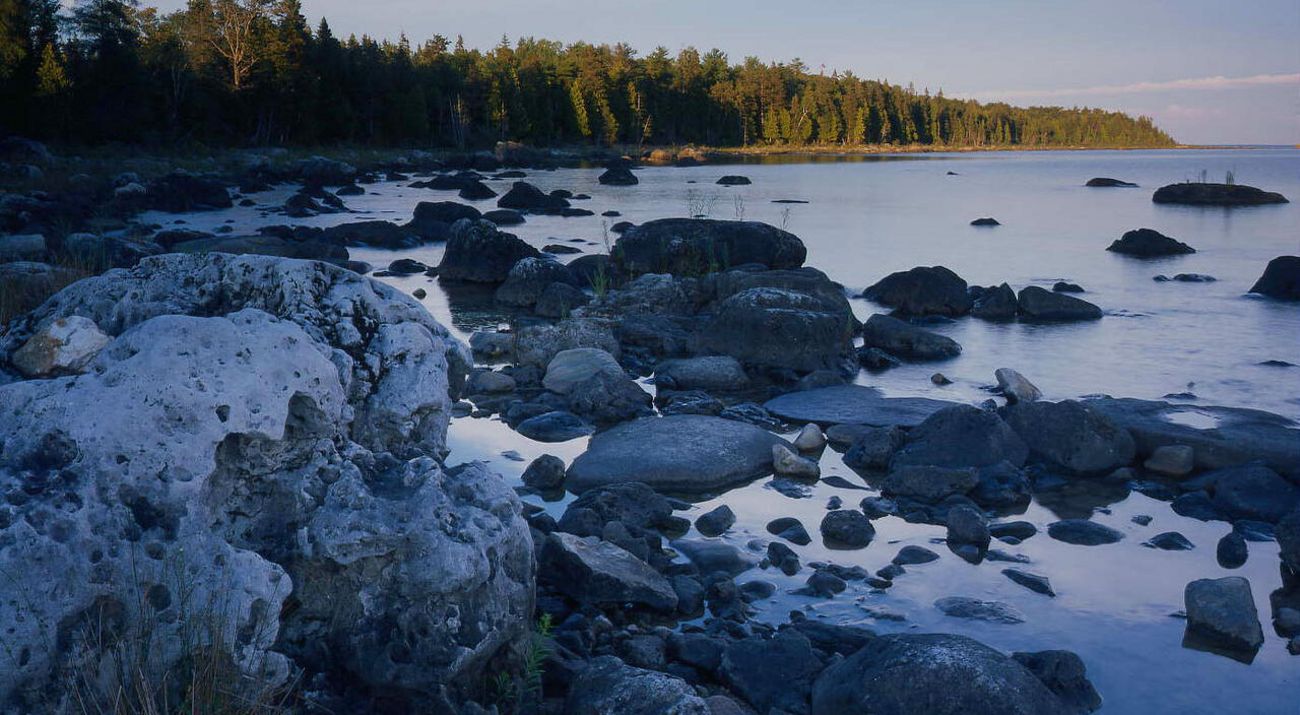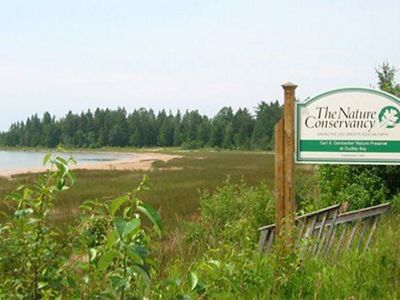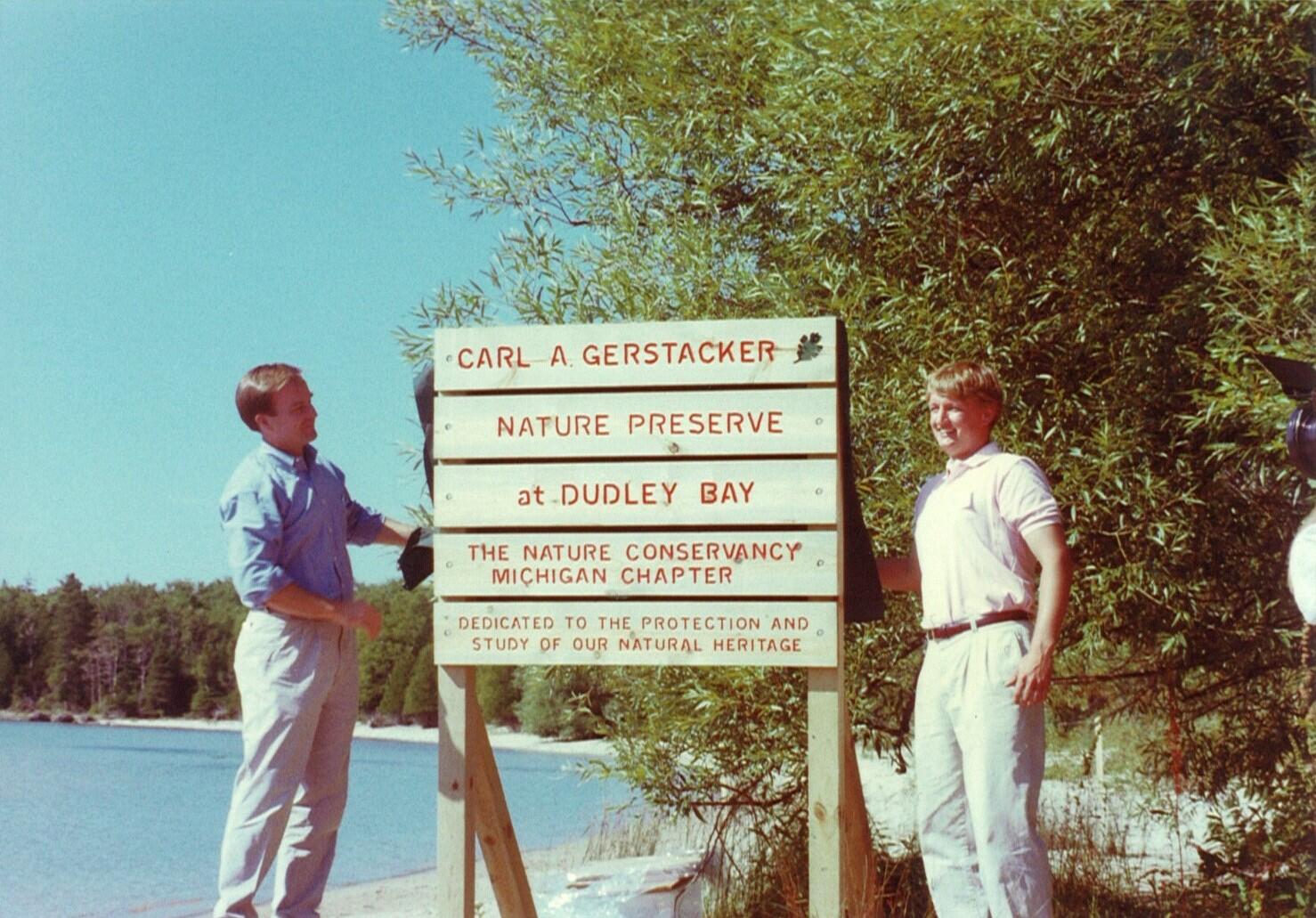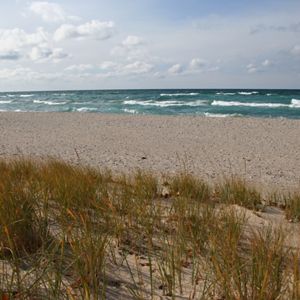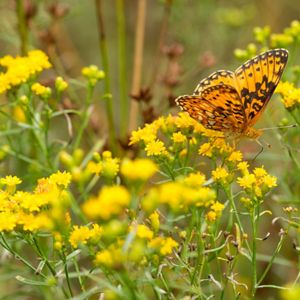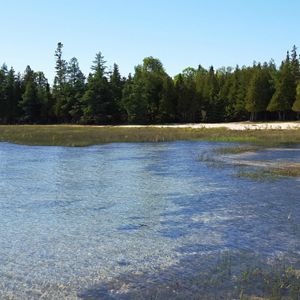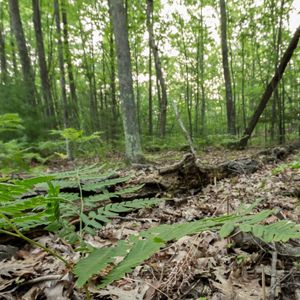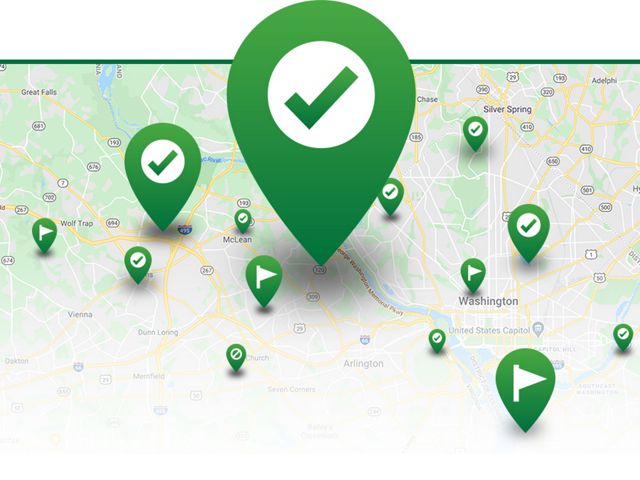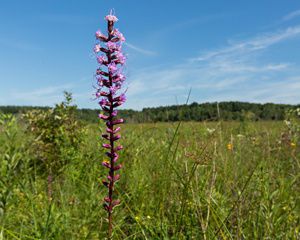Description
Carl A. Gerstacker Nature Preserve protects a large expanse of contiguous forest on and near the Lake Huron shoreline to support migratory birds on their journey north and south, as well as safeguard other rare plants and animal species.
Enjoy five miles of beautiful shoreline across four bays on Lake Huron, two small islands, Big and Little Trout Lakes, and parts of two creeks. Visitors might also see a variety of animals including the loon, pileated woodpecker, osprey, wolf, and several species of Neotropical migratory songbirds such as the American redstart and magnolia warbler.
